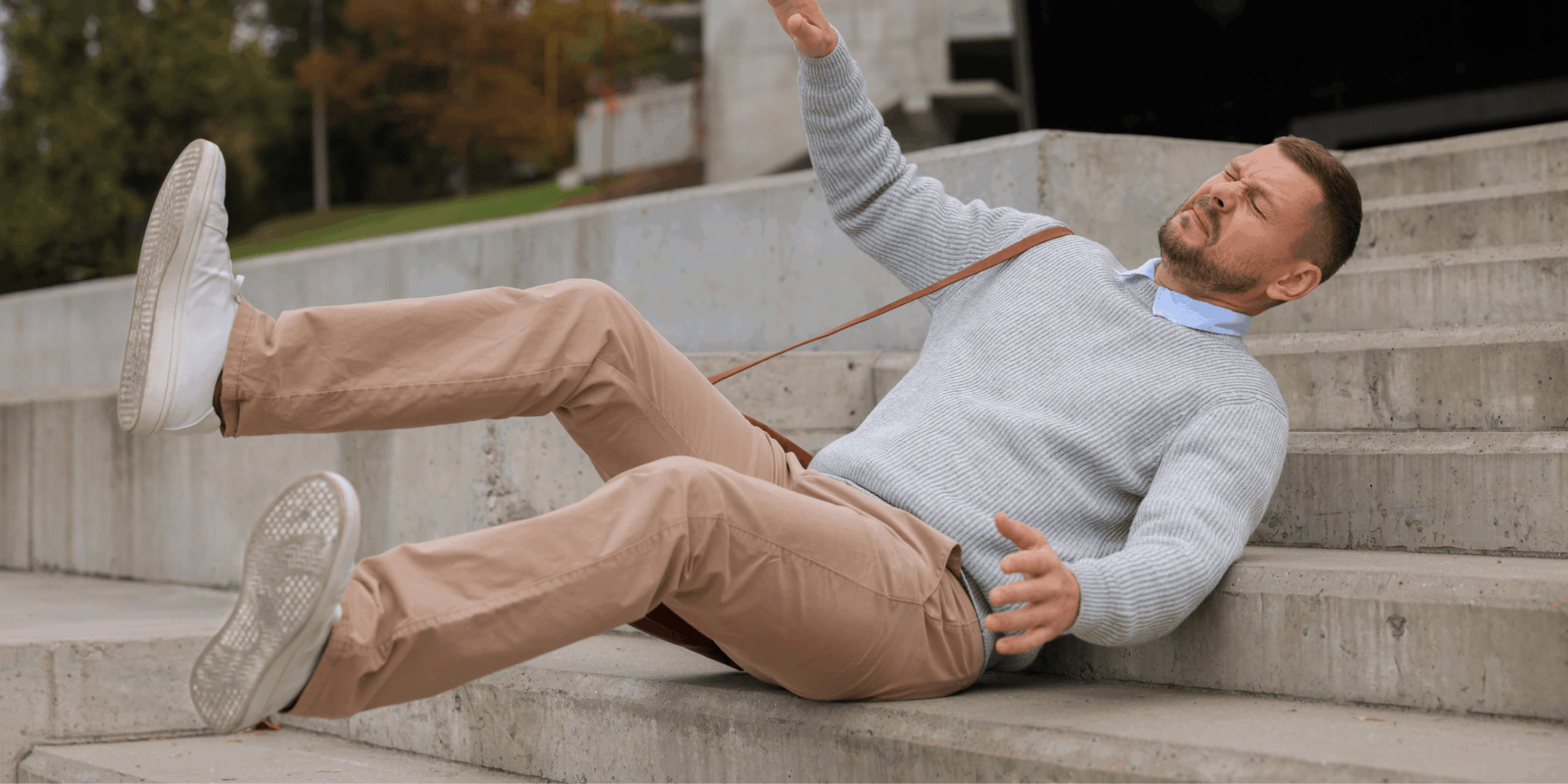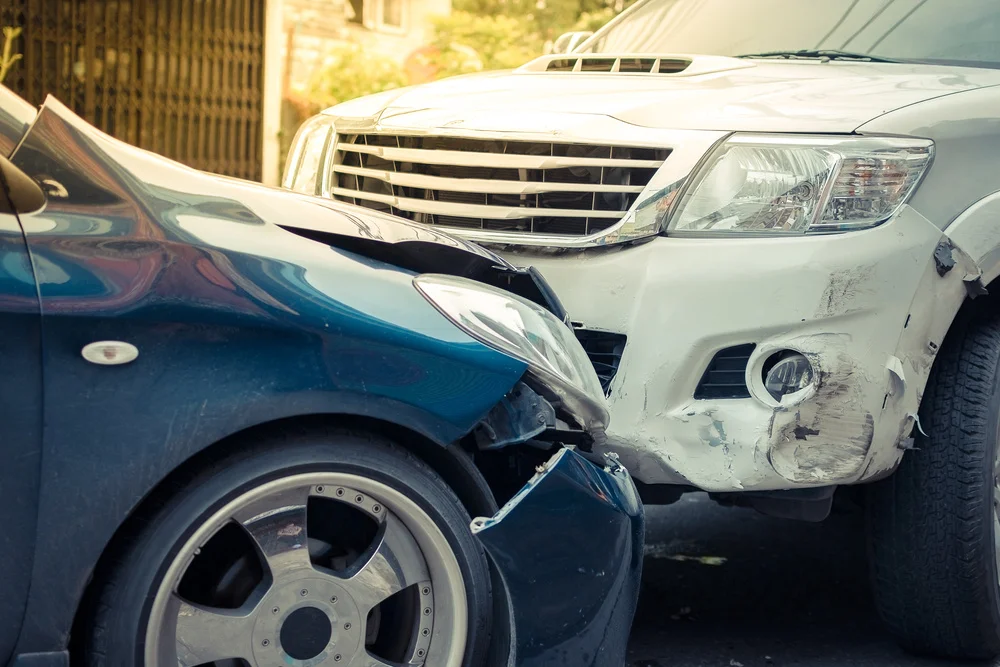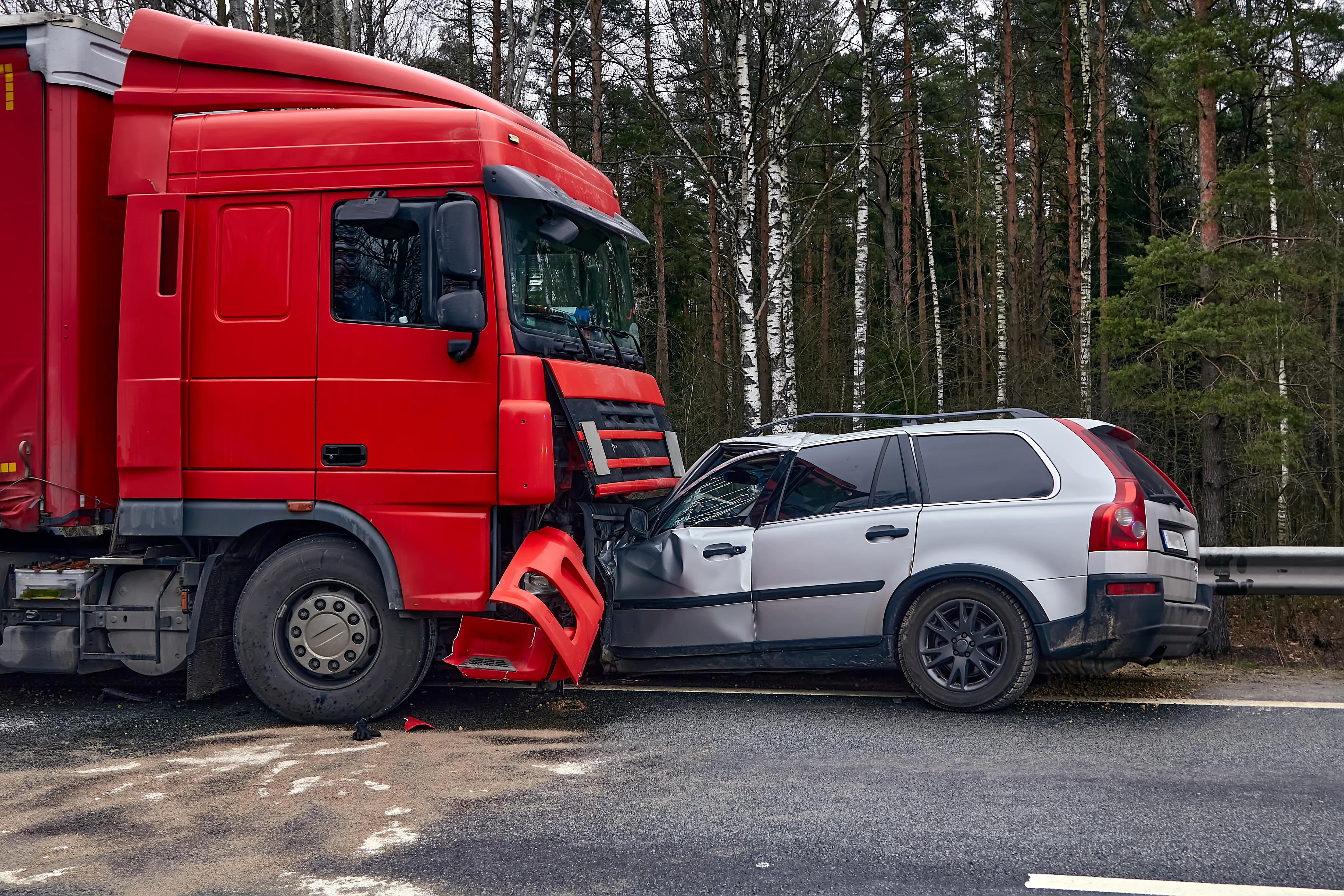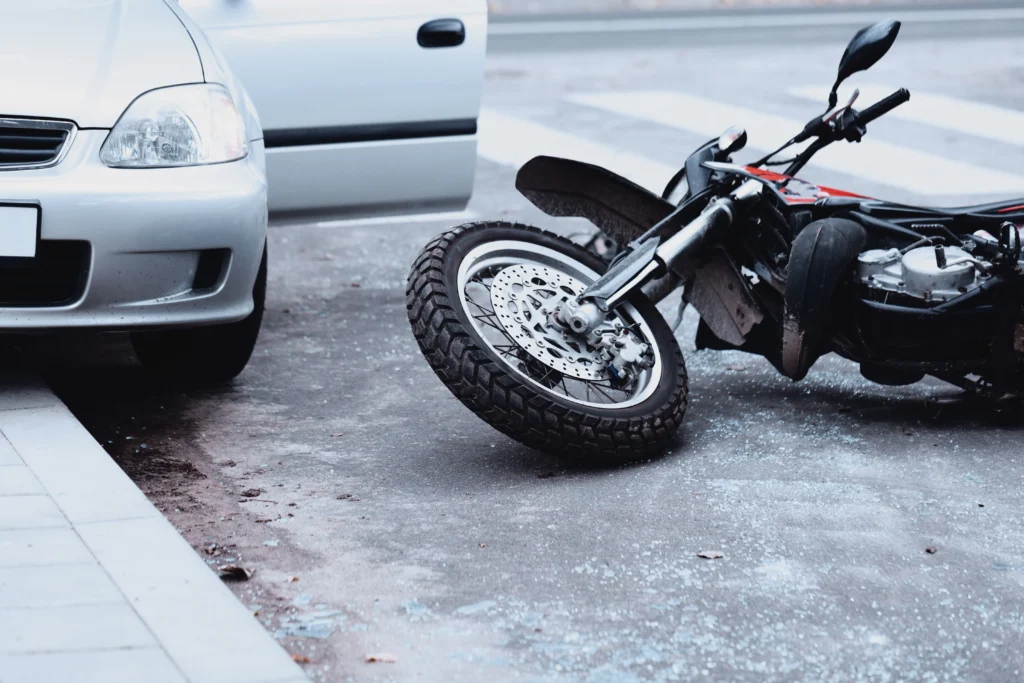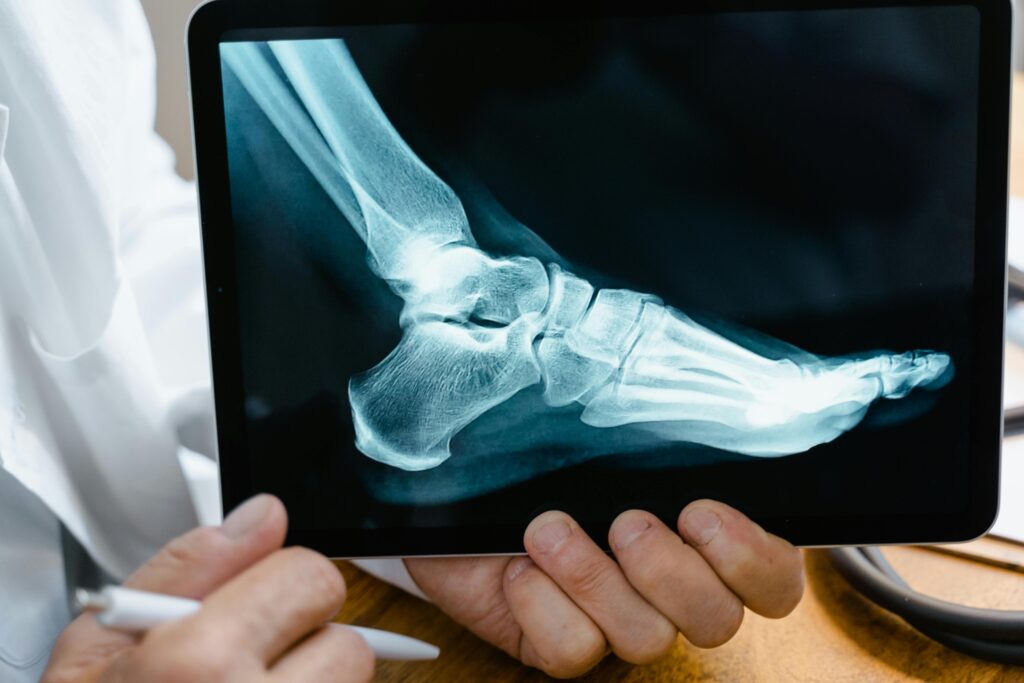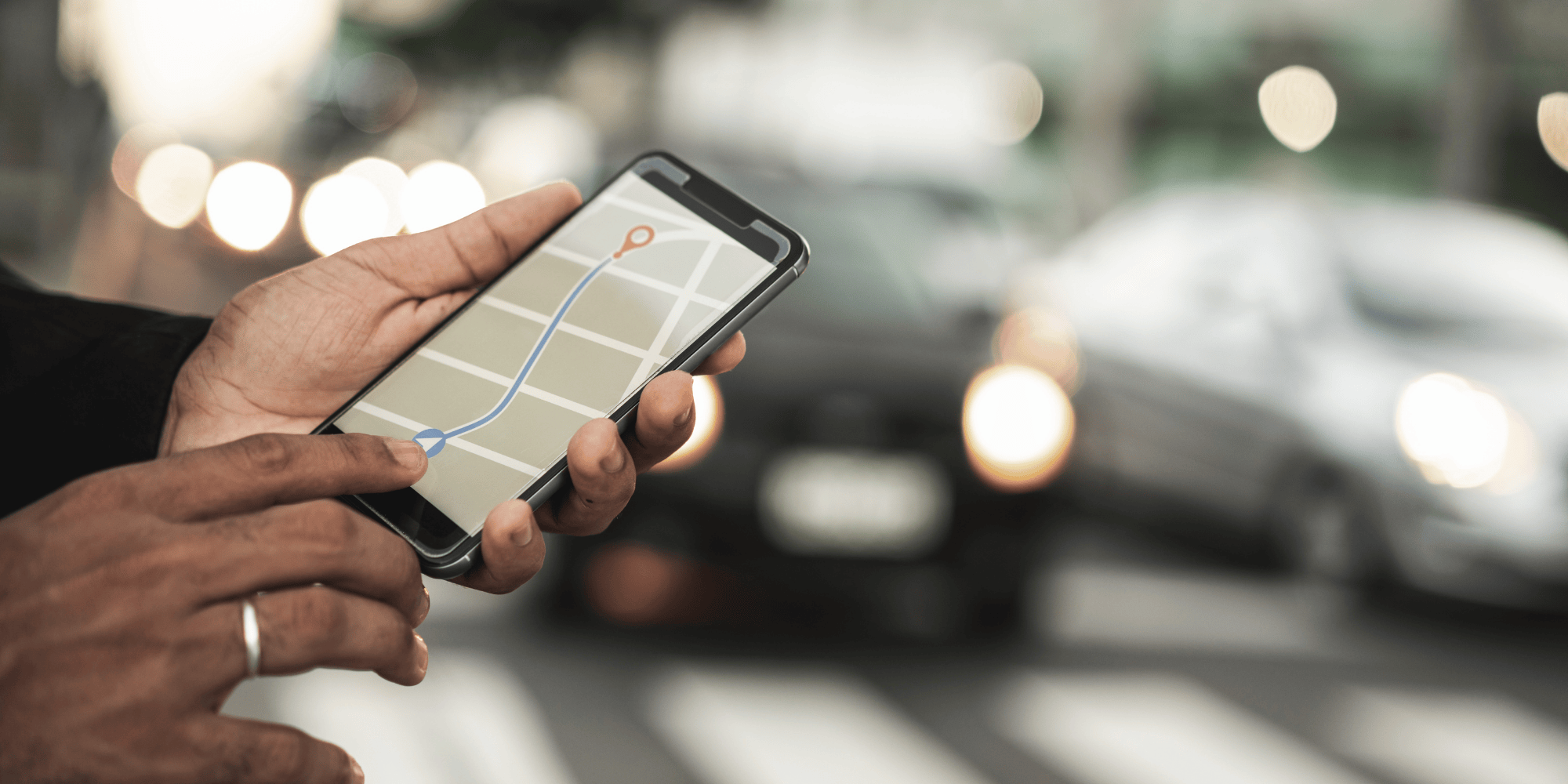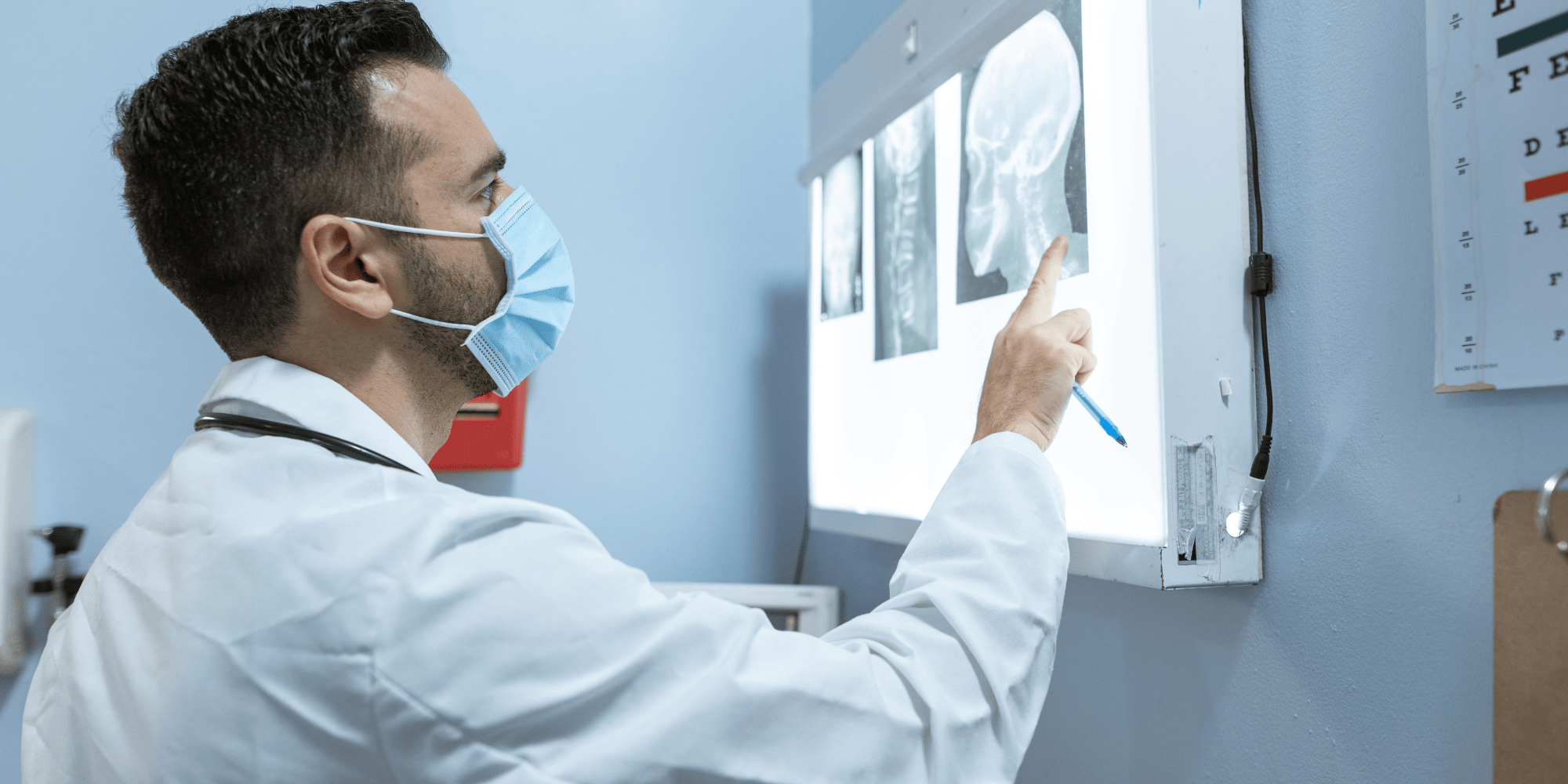Trusted Colorado Slip and Fall Lawyers Protecting Injured Locals
Every year, thousands of Coloradans are injured due to dangerous conditions on someone else’s property. It’s either a slippery sidewalk in Boulder or a dark stairwell in a Colorado Springs apartment building, yet property owners must ensure that their property remains hazard-free. When they fail to do so, our lawyers at Levine Law step in to ensure they get held responsible.
Slip and fall accidents in Colorado occur more often than individuals know. National Institute on Aging statistics reveal falls to be the leading cause of injury for adults 65 years and older. Yet, they occur to individuals of all ages, especially in places with heavy traffic like downtown Denver, Boulder’s Pearl Street Mall, and ski resorts between Breckenridge and Telluride.
At Levine Law, we have recovered millions for clients all over the state. From shopping malls to residences, we move quickly to secure evidence and build solid claims of liability. If you slipped on dangerous property anywhere in Colorado, we can defend your rights.
Slip and fall injuries can be prevented. Property owners know when they are liable cheaply. We know how to prove it.
Where Colorado Slip and Fall Injuries Happen Most Often
Injuries caused by slips, trips, and falls happen every day across Colorado. From retail stores in the suburbs to crowded downtown walkways, dangerous conditions lurk in places we trust to be safe. Property owners in Colorado are legally obligated to maintain hazard-free environments, yet they often ignore or delay necessary repairs. When they fail, serious injuries follow.
The Centers for Disease Control and Prevention reports that one in five falls leads to serious injury, such as broken bones or head trauma. If you’ve been injured in a fall, it’s critical to know where these incidents happen most frequently and how liability is determined.
Retail Stores and Shopping Centers Throughout Metro Denver
Retail environments are a leading location for fall-related accidents in Colorado. Big-box stores like Walmart in Commerce City, as well as local shopping malls such as the Cherry Creek Shopping Center in Denver, see heavy daily foot traffic. This high volume makes it essential that store owners and managers stay alert to spills, misplaced merchandise, and other common hazards.
When spills or floor debris are not cleaned promptly or warning signs are missing, customers are exposed to avoidable danger. According to the National Safety Council, businesses must implement thorough floor safety programs to minimize these risks. Failure to do so can lead to severe injuries and long-term medical expenses.
Grocery Stores in Boulder, Colorado Springs, and Greeley
Grocery store slip and falls frequently involve liquid spills near produce, dairy, or frozen goods sections. Stores like King Soopers or Safeway often neglect to place proper signage or dry wet floors in a timely manner. This negligence results in avoidable accidents, especially among older adults and young children.
If an employee was aware of the danger and failed to act, or if the condition existed for an unreasonable amount of time, the store can be held liable. Surveillance footage and cleaning logs are vital in proving that the hazard was known or should have been discovered.
Warehouse and Wholesale Chains Along the Front Range
Bulk retail outlets such as Costco or Sam’s Club in Thornton, Westminster, and Aurora present their own dangers. These warehouses often involve polished concrete floors and busy restocking activity, increasing the risk of falls from spilled products, damaged pallets, or obstructed aisles.
These corporations are responsible for keeping aisles clear, especially near high-traffic areas and exits. Failure to maintain orderly conditions creates preventable hazards that put customer safety at risk.
Residential Complexes and Apartment Communities in Colorado
Slip and fall injuries happen frequently in apartment buildings, townhome communities, and mixed-use housing developments. From the older properties near Capitol Hill in Denver to new construction in Castle Rock, residents often encounter risks in stairwells, parking lots, and poorly maintained sidewalks.
Colorado premises liability law holds landlords and property managers accountable for failing to repair or warn of known hazards. When they neglect this duty, renters and visitors can face devastating physical harm and financial hardship.
Common Areas with Poor Lighting or Broken Fixtures
Falls often occur in stairwells and shared hallways where lighting is either insufficient or completely out. Without clear visibility, hazards like loose carpet, broken tiles, or uneven thresholds go unnoticed until it’s too late.
Landlords must inspect lighting and repair fixtures routinely. Ignoring repeated tenant complaints about lighting or unsafe stairs not only increases injury risk but strengthens the legal case against them.
Snow and Ice Hazards on Sidewalks and Entryways
During the winter months, snow and ice accumulation is a major cause of slip and fall incidents in communities like Littleton, Broomfield, and Centennial. Many property owners delay or skip de-icing responsibilities altogether, exposing tenants and guests to significant injury risks.
According to the National Weather Service, freezing temperatures combined with overnight snow make walkways extremely treacherous without proactive salting and snow removal. Colorado law requires timely mitigation of such hazards. Failure to act can result in liability for resulting injuries.
Parking Lots and Public Walkways in High Foot Traffic Zones
Public and semi-public walkways are some of the most injury-prone areas in cities like Fort Collins, Longmont, and Pueblo. Slip and fall injuries in these spaces usually stem from broken pavement, uncleared snow, or poor drainage that leads to slippery conditions.
Commercial property owners, municipalities, and contractors are responsible for maintaining sidewalks and entry zones under their control. The Federal Highway Administration outlines how poor walkway infrastructure leads directly to higher injury rates among pedestrians.
Sidewalks and Transit Stations in Urban Downtown Areas
Transit hubs like Denver’s Union Station and the RTD stops in Lakewood or Aurora see thousands of pedestrians daily. Slip and falls in these areas often result from cracked pavement, spilled drinks, or ice buildup.
Municipal and commercial maintenance crews must conduct regular inspections and clear hazards before injury occurs. If government negligence or public-private contractors are involved, claims must be filed swiftly and with precision under specific procedural rules.
Hospital and Healthcare Facility Entrances
Hospital campuses in Colorado, including UCHealth in Aurora or Saint Joseph Hospital in Denver, have heavy foot traffic and constant cleaning activity. While cleanliness is important, freshly mopped floors without warning signs create serious risk. Additionally, outdoor ramps and entrances must be kept free of ice and snow.
Under the Agency for Healthcare Research and Quality, slip prevention must be part of facility risk management, particularly when vulnerable patients and the elderly are involved.
Hotels, Resorts, and Tourist Sites in Colorado’s Mountain Communities
Colorado’s thriving tourism sector means resorts and hotels in Breckenridge, Estes Park, and Glenwood Springs have a duty to keep guests safe. Whether you fall near a hotel pool, in a lodge lobby, or at a ski resort shuttle pickup zone, negligence in hospitality settings is unfortunately common.
Wet entryways, uneven flooring, and failed snow removal lead to countless injuries each winter. Tourist-focused businesses must prioritize safety not only indoors, but also in exterior zones frequented by guests unfamiliar with Colorado’s challenging terrain.
Lodges and Airbnbs in Summit County and Routt County
Vacation rentals and ski lodges may not follow the same rigorous safety standards as branded hotel chains. Private owners must still adhere to state premises liability law. If a poorly maintained deck, loose stair tread, or icy walkway causes harm, they can be held responsible.
These properties are not exempt from safety regulations. Documenting the hazard immediately and contacting legal counsel right away is essential to building a claim against negligent owners.
Trailheads, Visitor Centers, and Local Attractions
Whether visiting Garden of the Gods in Colorado Springs or Red Rocks Amphitheatre in Morrison, public attraction sites are not immune from fall hazards. Cracked pathways, missing safety rails, or unattended spills at visitor centers have led to serious injuries.
Responsibility may lie with municipal departments, nonprofit operators, or state agencies. These cases often require detailed investigation and compliance with government notice requirements. Our team understands how to navigate those complex legal frameworks.
Wherever your Colorado slip and fall injury took place, we know how to hold the negligent party accountable. We are ready to help you secure the compensation you need to move forward.
When a Colorado Slip and Fall Injury Becomes a Legal Case
Not every fall leads to a lawsuit. However, when a property owner’s negligence causes someone to slip, trip, or fall in Colorado, the injured person has the right to seek compensation. Premises liability laws in Colorado protect individuals harmed by unsafe conditions on residential, commercial, and public property. Whether you fell at a business in Highlands Ranch or outside a brewery in Fort Collins, the question becomes whether the owner failed to act reasonably.
Under Colorado law, legal responsibility hinges on whether the owner knew or should have known about the hazard and failed to fix or warn about it. The Colorado Revised Statutes Section 13-21-115 outlines these obligations and provides the legal foundation for holding negligent parties accountable.
Understanding Property Owner Duties in Colorado Premises Liability Law
Property owners in Colorado owe varying levels of care depending on a visitor’s legal status. Most fall victims qualify as invitees or licensees, meaning they have a legal right to be on the premises. Owners must inspect for dangers, fix hazardous conditions, or clearly warn about them in a timely manner.
For example, if a store in Aurora fails to clean a spill that has been present for hours, and a shopper slips and suffers a concussion, the store may be legally responsible. Courts will examine what actions the owner took, how long the danger existed, and whether a reasonable person would have fixed the issue.
Invitees and Licensees Have Legal Protections in Colorado
An invitee is someone visiting a property for the benefit of the owner, such as a customer in a retail store or a guest at a hotel. A licensee is someone on the property with permission, such as a social guest or delivery driver. Both are entitled to protection under the law.
Owners must routinely inspect for hazards and either correct them or post visible warnings. According to the American Bar Association, failure to fulfill this duty can lead to legal liability if someone is injured as a result.
Proving Fault in a Colorado Slip and Fall Lawsuit Takes Evidence
For a fall claim to succeed, the injured party must prove that a dangerous condition existed, that the property owner had notice of it, and that this negligence directly caused the injury. This often requires photos, surveillance footage, incident reports, and witness statements.
Prompt action after a fall strengthens your case. For instance, if you slipped on ice outside a restaurant in Loveland, documentation of untreated snow buildup or prior complaints helps establish negligence. Waiting too long can lead to lost evidence and weaker claims.
Constructive Notice Can Establish Liability Without Direct Proof
In many cases, property owners may claim they did not know about the hazard. Colorado law allows injured parties to prove “constructive notice,” meaning the hazard existed long enough that the owner should have known and fixed it.
For example, if a leaking freezer in a grocery store created a puddle for several hours, and employees walked past it without cleaning it, the store likely had constructive notice. The University of Denver Sturm College of Law explains how constructive knowledge supports premises liability claims even without direct admissions of fault.
Unsafe Conditions That Often Lead to Premises Liability Claims
While every fall case is unique, certain conditions appear frequently in Colorado claims. These include untreated ice, spilled liquids, cracked flooring, unsecured cords, and missing handrails. When these hazards are not addressed, they become the basis for strong legal claims.
We regularly handle cases involving apartment complex stairwells, grocery store entrances, office lobbies, and sidewalks near construction zones. In each situation, we build a case showing that the property owner failed to meet their duty of care.
Lack of Warning Signs Can Support a Strong Legal Argument
Even when a condition cannot be immediately fixed, property owners must warn visitors. Brightly colored signage, cones, or taped-off areas often prevent injuries. When these warnings are absent, liability is easier to establish.
Timelines and Deadlines Are Critical in Colorado Slip and Fall Claims
Colorado enforces strict deadlines for filing personal injury lawsuits. In most cases, victims have two years from the date of injury to bring a slip and fall claim. However, if the fall occurred on government property, the window to act may be as short as 180 days.
Missing these deadlines can eliminate your ability to recover compensation. We help clients in Boulder, Colorado Springs, and across the state file timely claims and preserve their rights.
Government Property Claims Require Special Filing Procedures
If you slipped and fell at a public building, bus stop, or on a city-maintained sidewalk, different rules apply. You must notify the appropriate agency in writing within the required timeframe, using a formal process.
The Colorado Governmental Immunity Act outlines how to pursue compensation from public entities. Our legal team understands these procedures and ensures you meet every deadline with the correct documentation.
When your injury stems from someone else’s negligence, the law is on your side. We will help you gather the evidence, meet the requirements, and build a case that gets results.
How Our Colorado Slip and Fall Legal Team Builds Winning Claims Across the State
Winning a Colorado slip and fall case requires more than filing a claim. It demands precise evidence, strategic planning, and a legal team that acts quickly. At Levine Law, we approach every slip and fall injury with urgency and focus. From downtown Denver to ski resorts in Summit County, we prepare every case as if it will go to trial. This mindset forces insurance companies to take our clients seriously.
Injured victims often face financial pressure and physical limitations. That is why our firm immediately steps in to gather proof, document damages, and push back against delay tactics. According to the American Association for Justice, clients who hire experienced legal representation recover significantly more than those who go it alone.
We Conduct Immediate On Site Investigations Across Colorado Communities
Time is critical in a slip and fall case. The longer you wait, the more likely it is that evidence will disappear. Snow melts, spills are cleaned, and witnesses forget what they saw. That is why our legal team moves fast. We dispatch investigators to the location, take detailed photographs, and secure records from property owners before anything changes.
Whether the fall occurred at a shopping plaza in Highlands Ranch or a mountain lodge in Telluride, we visit the scene as soon as possible. We also examine maintenance logs, security footage, and inspection reports that help prove your claim.
We Preserve Security Camera Footage and Digital Evidence Before It Is Lost
Surveillance cameras are often the most powerful tools in a Colorado slip and fall case. However, many businesses delete footage within days. We send immediate evidence preservation notices and demand that property owners turn over any video showing the fall or surrounding events.
Additionally, we collect digital records such as weather reports, employee schedules, and cleaning checklists. These materials help us build a clear timeline and demonstrate what the property owner did or failed to do. A study from the National Institute of Standards and Technology shows how video evidence can be decisive in premises liability lawsuits.
We Work With Colorado Medical Providers to Document the Full Extent of Your Injuries
You cannot win compensation without clear proof of your injuries. That is why we partner with highly regarded medical professionals throughout Colorado to document your condition, treatment, and recovery. From orthopedic evaluations in Fort Collins to neurological assessments in Colorado Springs, we leave no doubt about the severity of your harm.
We gather medical records, imaging results, and treatment plans to show how the fall has disrupted your life. These reports form the foundation of your damages claim and give insurers no room to downplay your injuries.
We Include Future Medical Needs and Rehabilitation in Every Case Valuation
Falls often cause long term consequences such as mobility limitations, chronic pain, or the need for assistive care. Our legal team calculates future medical costs with precision. We consider physical therapy, surgery, mobility aids, and home adjustments that may be required for years to come.
We Build Strong Visual Evidence and Expert Reports to Prove Liability
To convince insurers or jurors, we use clear visuals and compelling reports. Our legal team frequently creates detailed diagrams, illustrations, and animations that explain how the fall happened. We also work with engineers, architects, and building code consultants who explain how the property failed to meet safety standards.
These visual tools and third party opinions strengthen your case and help explain liability to decision makers. We make sure your claim is backed by more than just statements. It is supported by science, structure, and logic.
We Identify Code Violations and Safety Failures That Strengthen Your Claim
Building codes in Colorado outline how stairs, walkways, lighting, and railings must be constructed and maintained. We identify violations that show the property owner failed to meet these legal standards. Whether it is a missing handrail in a Colorado Springs apartment complex or poor slope grading in a Steamboat Springs driveway, we find the faults.
The International Code Council publishes building standards adopted by Colorado cities and counties. We reference these codes in your case to prove the owner did not meet their safety obligations.
We Negotiate Aggressively With Insurance Companies Who Try to Avoid Responsibility
Most slip and fall cases involve insurance companies who quickly deny fault or offer low settlements. We do not tolerate delay or excuses. Our attorneys enter every negotiation prepared with facts, evidence, and a demand for full compensation.
Our team at Levine Law has helped thousands of injured clients secure the compensation they deserve. We push back when insurers use tactics like blaming the victim, questioning the severity of injuries, or offering pennies on the dollar.
We Take Cases to Trial When Fair Settlements Are Not Offered
Although many cases settle, we never hesitate to take a slip and fall case to court. Insurance companies in Colorado know our team prepares every case for litigation. This approach improves settlement outcomes and shows that we will not back down when justice is at stake.
Court filings, sworn depositions, and expert testimony often shift the balance in favor of injured victims. According to data from the U.S. Department of Justice, plaintiffs represented by trial ready legal teams have far better chances of success and higher awards.
From start to finish, we build your Colorado slip and fall claim with care, strength, and strategy. We make sure no detail is missed, no evidence is ignored, and no insurance company can avoid accountability.
Take Action Now With a Colorado Slip and Fall Attorney Who Fights for You
After a serious fall, time is not on your side. Evidence can disappear quickly, and insurance companies will not wait to start defending themselves. If you were hurt on someone else’s property in Colorado, the sooner you take legal action, the better your chances of full recovery. At Levine Law, we are ready to protect your rights, document your losses, and demand justice.
We have recovered millions for injured clients across Colorado, from slip and fall victims in Aurora retail centers to families impacted by unsafe walkways in Vail. Every case we handle receives our full attention, personalized strategy, and aggressive representation. You pay nothing unless we win your case.
Let us take the pressure off your shoulders while you focus on healing. Contact us now for a free, no obligation consultation.
Start your recovery today by reaching out online or calling. We are here to stand with you and fight for the compensation you deserve.
Practice Areas
Trust Levine LawWith Your Personal Injury Claim
If you or a loved one have been injured, Levine Law will fight for you every step of the way. We will give our all to secure the compensation you rightfully deserve.
Contact usfor a free consultation.
Phone: (303) 951-4810
